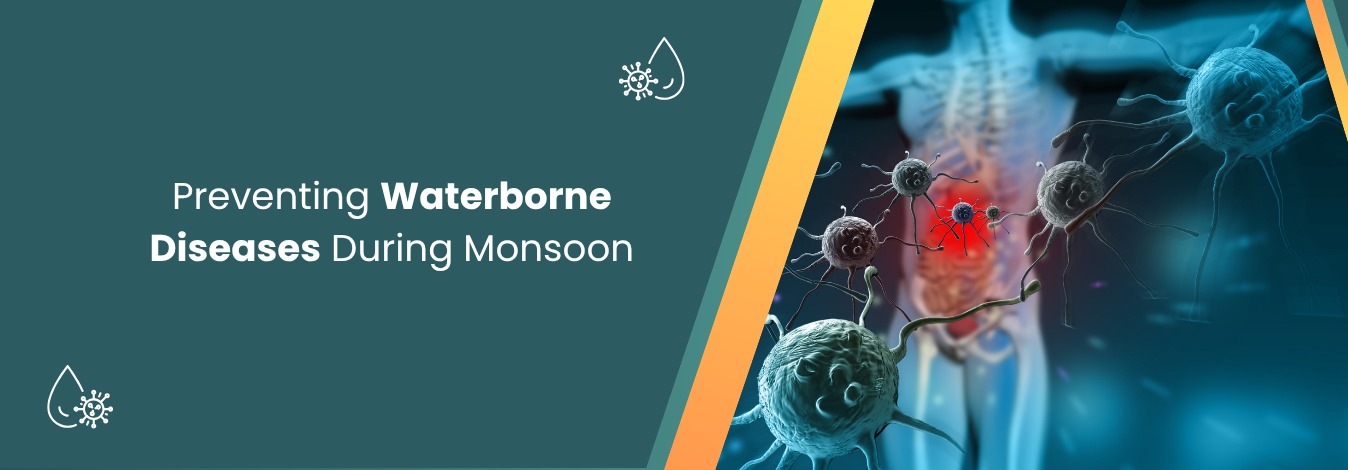Heart problems are becoming increasingly common, and what’s especially concerning is that they are now affecting younger people, including those in their 20s and 30s. Many of the causes can be traced back to everyday habits such as unhealthy eating, lack of physical activity, high stress, and poor sleep. The good news is that these causes are within our control.
World Heart Day reminds us that protecting our heart health doesn’t require big changes—small, consistent lifestyle improvements can make a huge difference to overall well-being. This blog explores the significance of the day, key risk factors for heart disease, and simple lifestyle changes that can help us care better for our hearts.
History and Significance of World Heart Day
World Heart Day was established in 2000 by the World Heart Federation in collaboration with the World Health Organization. The concept was introduced by Dr. Antoni Bayés de Luna, then president of the federation. Initially observed on the last Sunday of September, it is now held on 29th September every year.
Since its launch, World Heart Day has grown into a global event observed in more than 100 countries through awareness drives, public campaigns, health checks, and educational activities.
Cardiovascular diseases remain the leading cause of death worldwide, yet many cases are preventable through lifestyle changes. This day serves as a reminder that heart care begins with small, everyday choices while also encouraging governments, healthcare providers, and communities to promote awareness, early detection, and healthier living.
World Heart Day 2025 Theme
The theme for World Heart Day 2025 is “Small Lifestyle Changes, Big Health Benefits.”
This year’s message focuses on the power of daily actions in protecting heart health. Instead of highlighting complex medical interventions, the campaign encourages individuals to take simple, achievable steps—such as eating better, moving more, managing stress, and getting adequate sleep.
By focusing on prevention and attainable goals, the theme aims to inspire lasting habits at both personal and community levels, especially among younger populations increasingly at risk of heart disease.
Risk Factors for Heart Disease
Heart disease usually develops over time due to a combination of lifestyle, health conditions, and genetic factors. Common risks include:
Unhealthy Eating: Diets high in saturated fats, trans fats, salt, and added sugars raise cholesterol and blood pressure, leading to artery damage.
Lack of Physical Activity: A sedentary lifestyle weakens cardiovascular health, even in people who are not overweight.
Smoking and Tobacco Use: Damages blood vessels, reduces oxygen levels, and increases the risk of clots, strokes, and heart attacks.
Excessive Alcohol Consumption: Can raise blood pressure, weaken the heart muscle, and cause irregular rhythms.
Chronic Stress & Poor Sleep: Increase harmful hormones like cortisol, leading to inflammation and higher risk of hypertension and obesity.
Medical Conditions That Increase Risk
Hypertension (High Blood Pressure) – Puts continuous strain on the heart and arteries.
High Cholesterol – LDL cholesterol buildup narrows arteries and restricts blood flow.
Diabetes – High glucose damages blood vessels and increases risk of heart disease.
Obesity – Often linked with diabetes, hypertension, and cholesterol issues.
Chronic Kidney Disease – Leads to fluid imbalance and hardened arteries.
Polycystic Ovary Syndrome (PCOS) – Raises risks through insulin resistance and weight gain.
Family History & Age – Both increase likelihood of cardiovascular issues over time.
Warning Signs of Heart Problems
Heart conditions may develop silently, but early signs should never be ignored:
Chest pain, pressure, or tightness
Shortness of breath
Pain radiating to arms, jaw, or back
Unusual fatigue
Irregular heartbeat
Swelling in feet or legs
Light-headedness or fainting
Any persistent or unusual symptom should be promptly evaluated by a healthcare professional.
Lifestyle Habits for a Healthy Heart
Daily habits play a central role in heart health. Some effective practices include:
Eat a Balanced Diet: Focus on fruits, vegetables, whole grains, legumes, nuts, seeds, and healthy fats while reducing salt, sugar, and processed foods.
Stay Physically Active: Aim for at least 30 minutes of moderate exercise, such as walking, cycling, or swimming, most days of the week.
Manage Stress: Try meditation, breathing exercises, yoga, or time in nature to reduce stress.
Prioritize Quality Sleep: Ensure 7–8 hours of rest daily with a consistent sleep schedule.
Avoid Smoking: Quitting reduces risk significantly, even after years of smoking.
Limit Alcohol: If consumed, it should be occasional and moderate.
Monitor Health Indicators: Regularly check blood pressure, cholesterol, and blood sugar.
Best and Worst Foods for Your Heart
Best Choices:
Fresh fruits and vegetables
Whole grains like oats and brown rice
Nuts and seeds (almonds, flaxseeds, walnuts)
Legumes (lentils, beans, chickpeas)
Fatty fish (salmon, sardines, tuna)
Olive oil
Low-fat dairy
Foods to Avoid:
Join the Movement for Healthier Hearts
World Heart Day is an opportunity to make small yet meaningful commitments toward a healthier lifestyle. Here’s how you can participate:
Commit to one heart-healthy habit.
Schedule a heart health screening.
Involve your family in healthy activities.
Share awareness on social media using #WorldHeartDay and #UseHeart.
Join local events like awareness walks, yoga sessions, or screenings.
Wear red or a heart badge to show support.
Support NGOs and campaigns focused on heart health.
Talk to friends and family or doctor about the importance of preventive care.
Final Words
This World Heart Day, commit to protecting your heart with small lifestyle changes and timely health checks. Early detection makes a major difference in preventing and managing heart problems.



